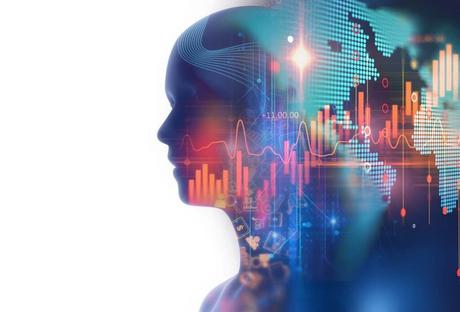
Machine Learning and AI are set to assume incredibly prominent roles in the retail sector in the not so distant future. Even now, these technologies are being used to effectively improve various aspects of the industry, including merchandising.
Machine Learning in Retail
The retail space is undergoing a paradigm shift with innovative applications being tested out for machine learning and AI. Many of the technologies mentioned in this article, like gesture and emotion recognition, are still in their experimental stages, while others have already been implemented in the industry.
Product Assortment
Traditional data analytics can analyze available data and come up with product recommendations. However, machine learning systems can learn from trends and customer behavioral patterns of the past. They can study current market and competitor movements, customer shopping patterns, and predict future trends and preferences, enabling you to make better product assortment decisions.
Combined with visual data from cameras, they can even keep a constant watch on your stock and sales, automatically alerting your purchase system to reorder high demand products that are about to go out of stock, or to stop buying a particular item and replace it with an alternative that seems to be more popular with customers.
You can streamline your merchandise assortment, stocking products in demand, and preventing the overstocking of slow moving products.
Pricing
Price monitoring and optimization software’s already provide ways to constantly keep adjusting your prices in order to stay competitive. Machine learning can be used to analyze this data along with visual information from cameras to study customer gestures and emotional reactions to products and make better predictions about product and pricing segments. They can predict future pricing trends and help adjust prices to best balance customer expectations, product quality, and your profit margin. This can help you achieve better product segmentation according to prices, enabling you to better target and attract more customers to each segment.
Customer Service
Visual processing systems can use sensors and cameras to track customer movements within stores, gathering data on where they spend more time and which products attract their attention even if they don’t buy. They can also perceive customer emotions, capturing and identifying their reactions to different products. This data can be used by machine learning algorithms to design personalized experiences for each customer.
You can then use your CRM to not only promote products that they usually buy, but also the products they seem to be interested in and avoid pushing products towards which they displayed a negative reaction. Machine learning systems can make customer experience better with each visit as they keep learning and adapting constantly.
Visual Merchandising
Visual merchandising is going to make use of better optical technologies to make the online customer experience similar to an in-store experience. 3-D images and videos can help instill greater confidence in customers about the products they are buying. You can also offer visual searches to help them get a list of the items they want.
Customers can select a certain style of product - for instance a certain style of chair - and you can then show a list of visually similar products to help them make a better comparison and choice. You can track social media content relevant to you based on not just text, but also images like your logo, unique product design etc.
In brick & mortar stores, the visual data from cameras can show which aisles and sections customers spend more time at as opposed to the sections that get traffic only from a few select customers, and also the products that are popular in these sections. Then machine learning algorithms can detect specific patterns that provide relevant information to help you design better displays. You can display some products prominently, put commonly selected steady revenue products in easily accessible shelves, showcase some products in special sections, and determine which customers to direct to these segments.
You may be able to get similar results with existing technologies, but machine learning provides more benefits and can extract better insights from data. Another big advantage is that these systems keep learning and changing to evolve over time. This helps them make better decisions and respond quickly to even subtle changes.
Machine learning combined with other technologies like visual data processing can help you streamline operations, design better customer experience, and improve your visual merchandising.
References:
https://econsultancy.com/blog/67384-how-machine-learning-is-changing-online-retail-for-good/
https://www.techemergence.com/machine-learning-retail-applications/
https://econsultancy.com/blog/68777-10-uses-of-computer-vision-in-marketing-customer-experience/

